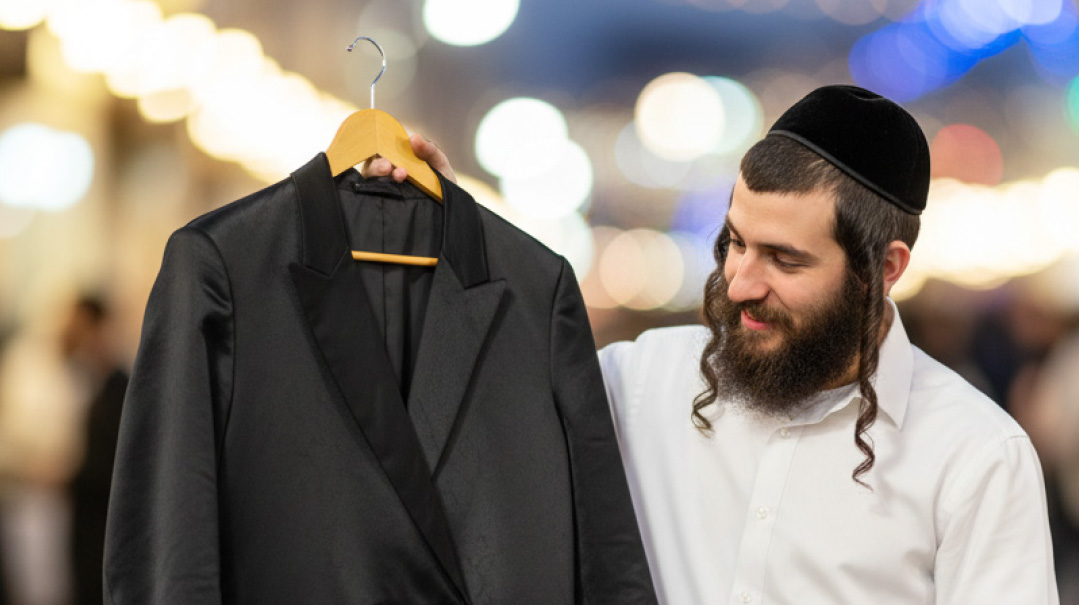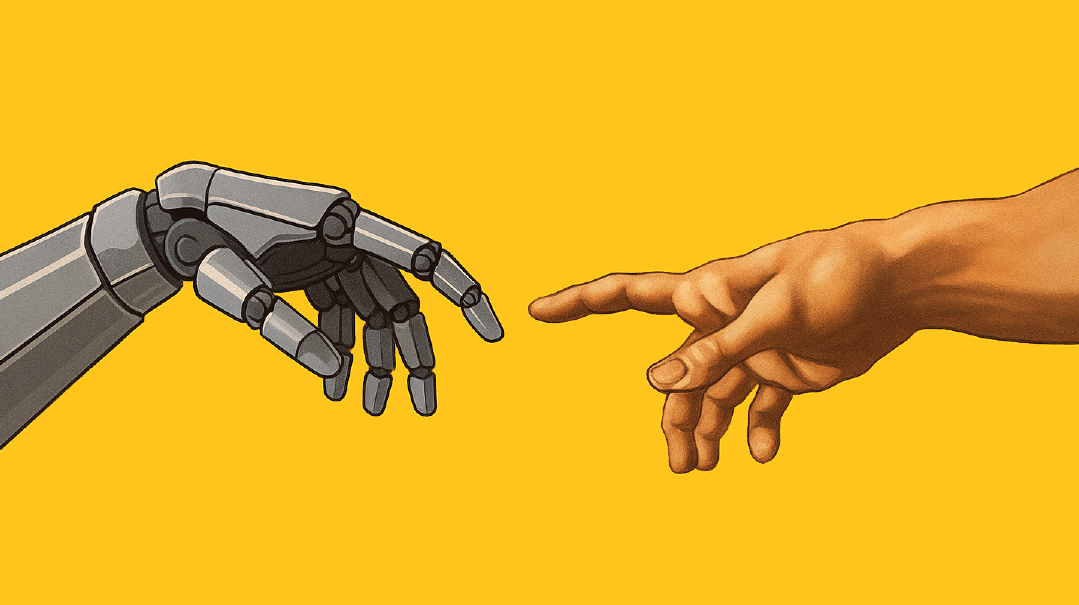Almost-After

Something we’re all learning — at work, at school, even when shopping — is that there isn’t going to be an instant transformation to the “after” stage

In the magazine world, the term “before and after” connotes major contrast. There’s the peace before the storm, the devastation afterward. Or the cramped home office before the renovation, the perfectly organized room afterward. But when it comes to our own lives and the coronavirus, most of us want an “after” just like the “before.” When we picture our “after,” we imagine that everything will return to the way it used to be. The old schedules, the familiar workflow, the same routines.
Now that we’re seeing glimmers of the post-corona future, though, we’re talking in different terms. This magazine, for example, is being closed under what you might call “new normal” conditions. Or “almost-after.”
For months, our usually lively, hopping office was shut into three separate zones, each sealed off from the others. A skeleton workforce was allowed to enter each zone only on closing days, while everyone else worked from home. That spare staff meant there were no shared lunch hours and no schmoozes, no meetings around a table, and none of the shouting from room to room that occasionally punctuates the loaded countdown to deadline: “Wait, I need you to reclose page 81! Where’s the ad for page 69? The US printers are having an issue with the cover!”
Closing a magazine under quarantine conditions strained our efficiency; we had to create new systems to manage the workflow when so many stages of the process were taking place in different locations and times. It also disrupted the usual creative process, when so many talented, passionate, and dedicated people worked together. No longer were we discussing a design together in the graphics studio, calling over this person or that person to get a second opinion, arguing over a cover line or brainstorming together for the best visual concept to convey a theme or mood.
A lot of us kept hoping for that definite “day after” when everything would be back to normal: the office would be pulsing with colleagues and creativity and the magazine would be shaped once again by the more-than-its-parts magic that comes with great teamwork.
But something we’re all learning — at work, at school, even when shopping — is that there isn’t going to be an instant transformation to the “after” stage. This disease may have sprung upon us very suddenly; our existence was transformed from Purim revelry to total lockdown almost overnight. But the way out will be much more gradual.
Just this week, our office has transitioned to a new corona protocol. With the numbers looking much more encouraging and under the direction of the health ministry, we have a new system in place. The three zones are still there, but the closing staff has expanded. Every so often the loudspeaker plays a recording reminding everyone to keep on their masks, and every entrance is graced by a bottle of hand sanitizer. More people are permitted per room. We’ve been broken into two teams, and each team will be allowed to work in the office twice per week — though never the two shall meet.
We’re keeping a careful eye on the numbers and hoping this downward direction continues. We’re enjoying the benefits of having more members of the team together. And we’re hoping the shared creative energy will spill into the pages you read — even as we know that it will take time, and prayers, and the Will of the true Healer, to truly banish this virus.
No, we haven’t quite reached the “after.” But we’re grateful for the “almost” too.
(Originally featured in Mishpacha, Issue 811)
Oops! We could not locate your form.






